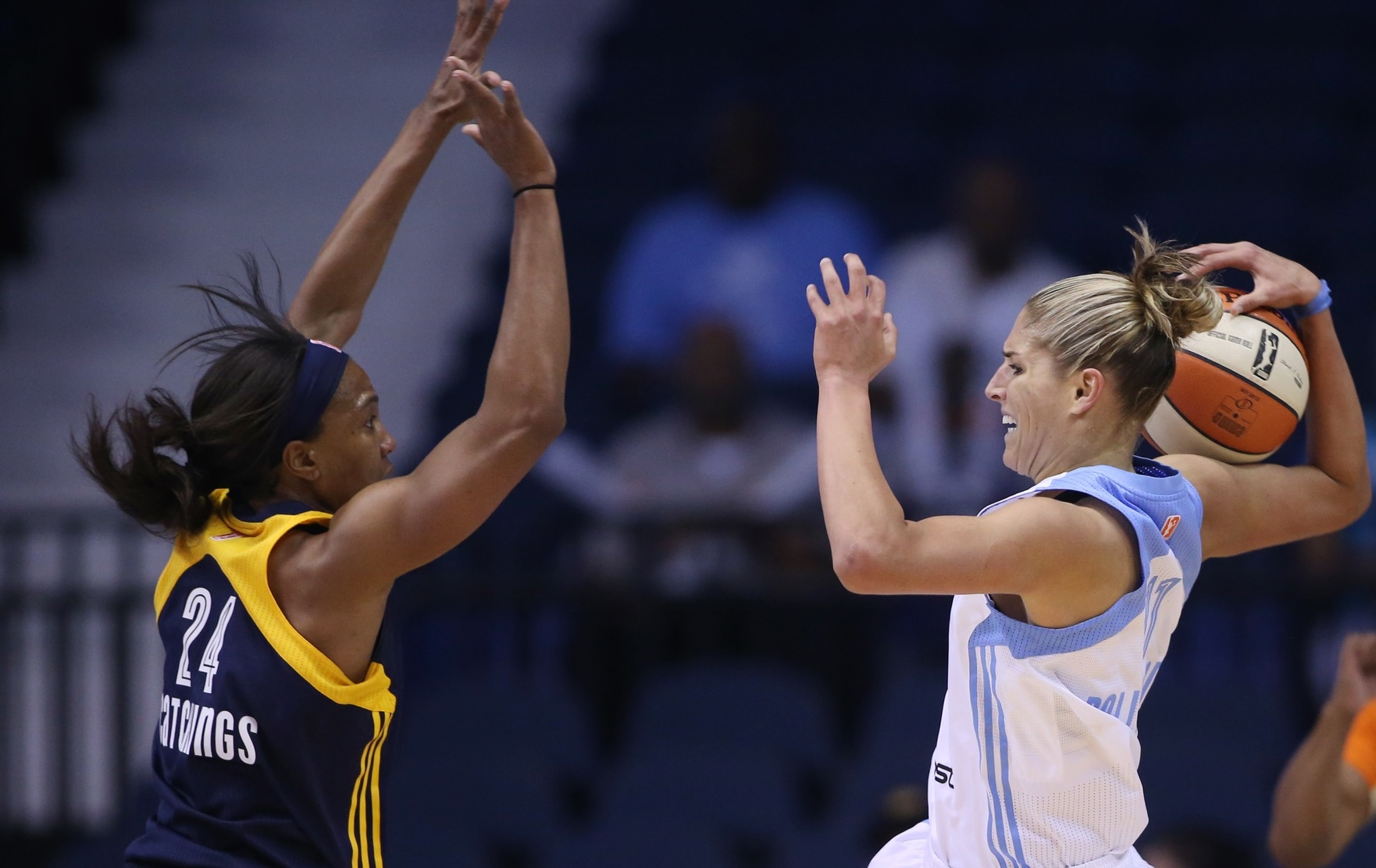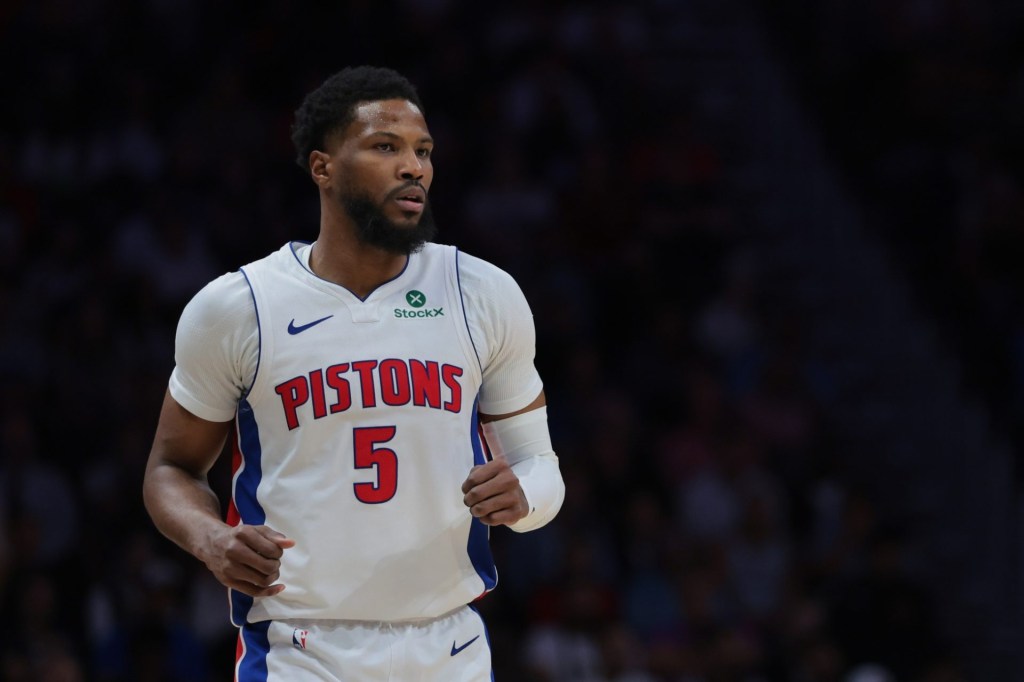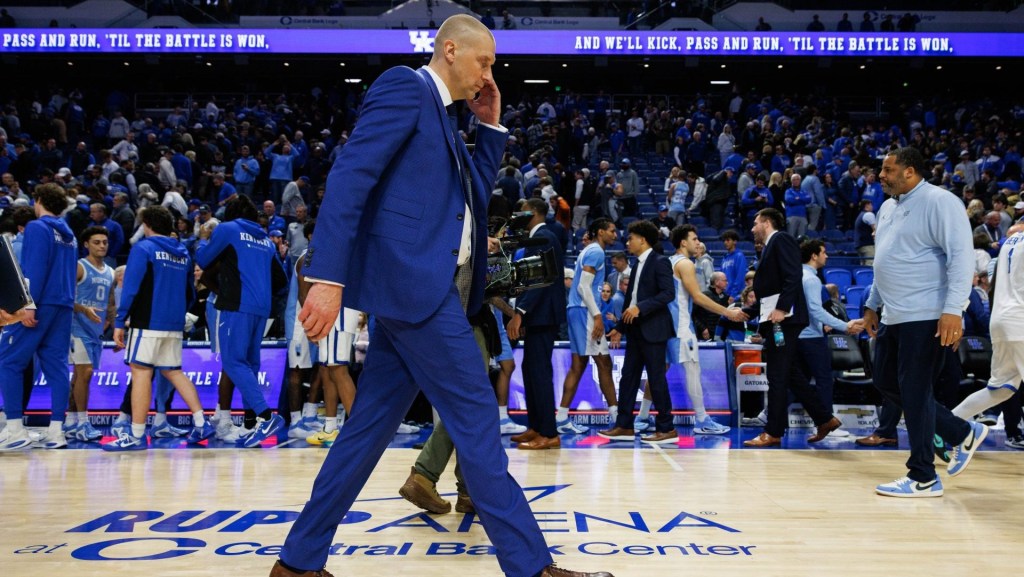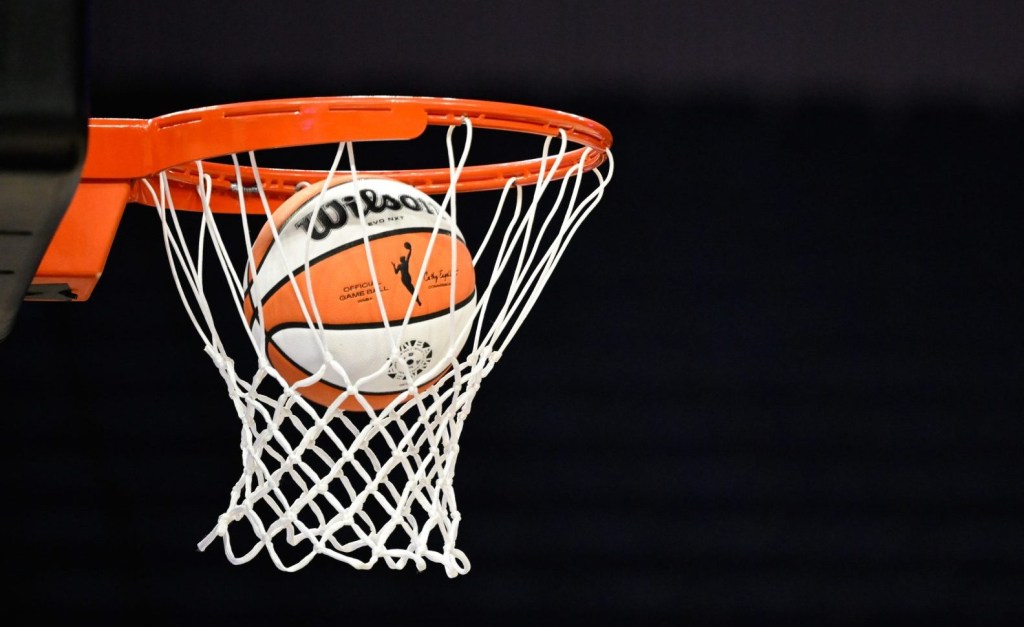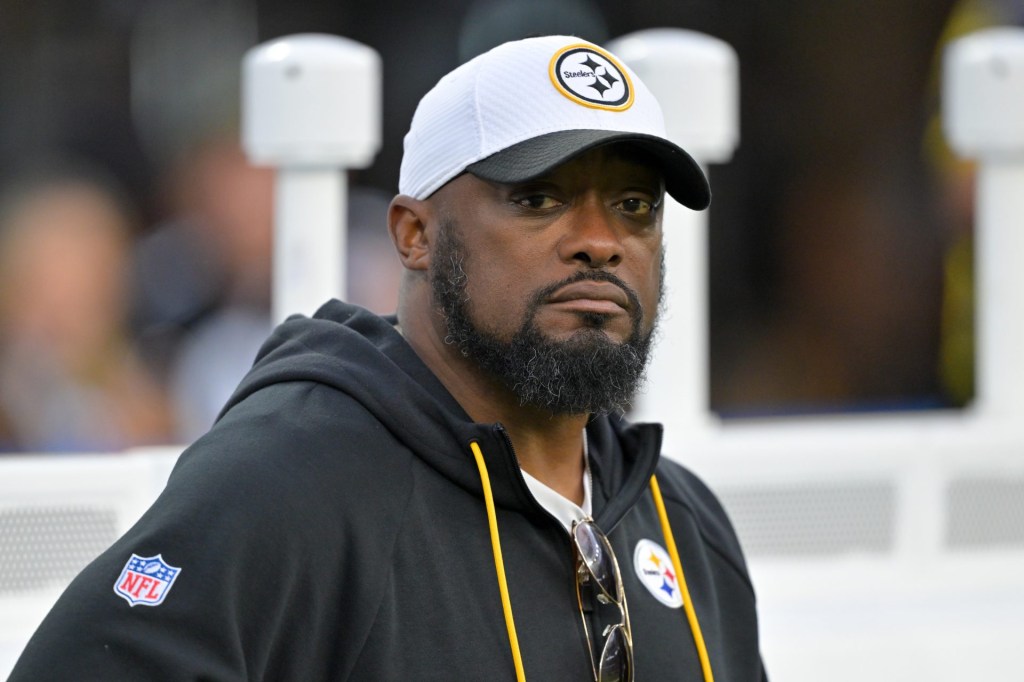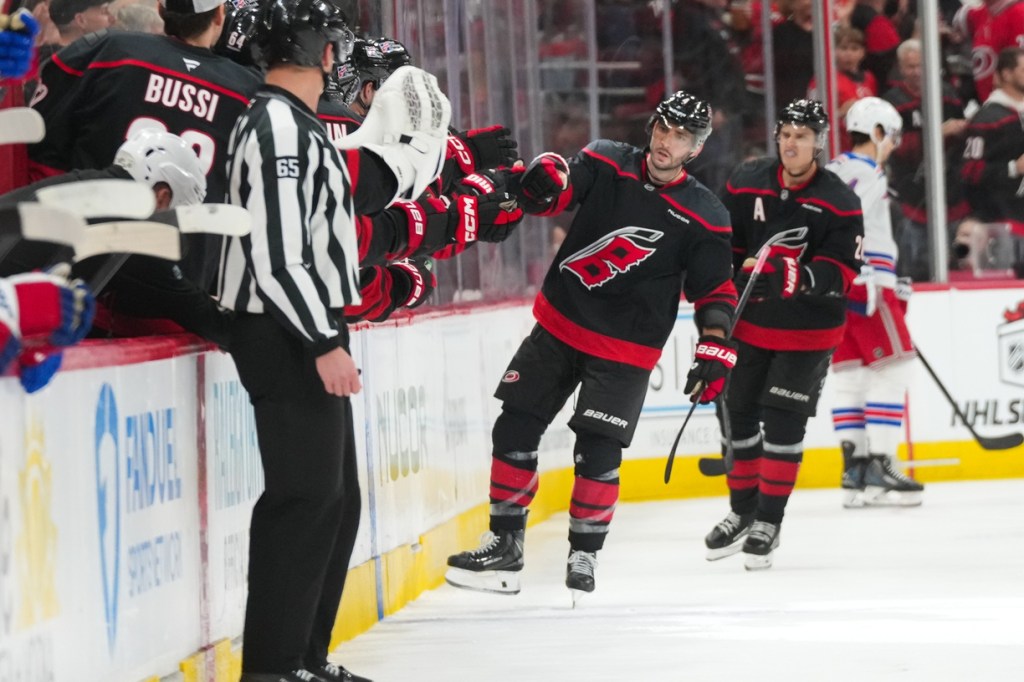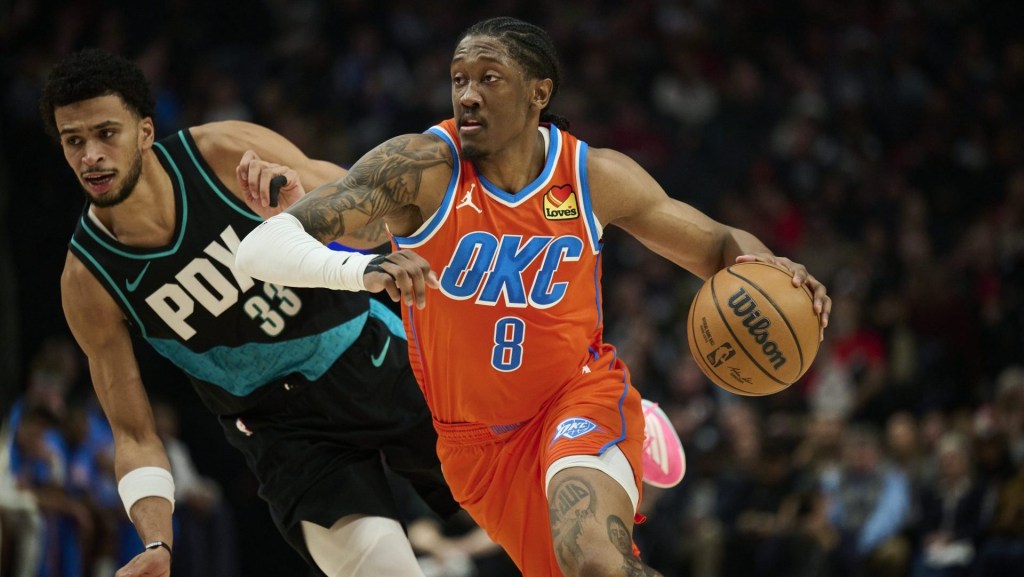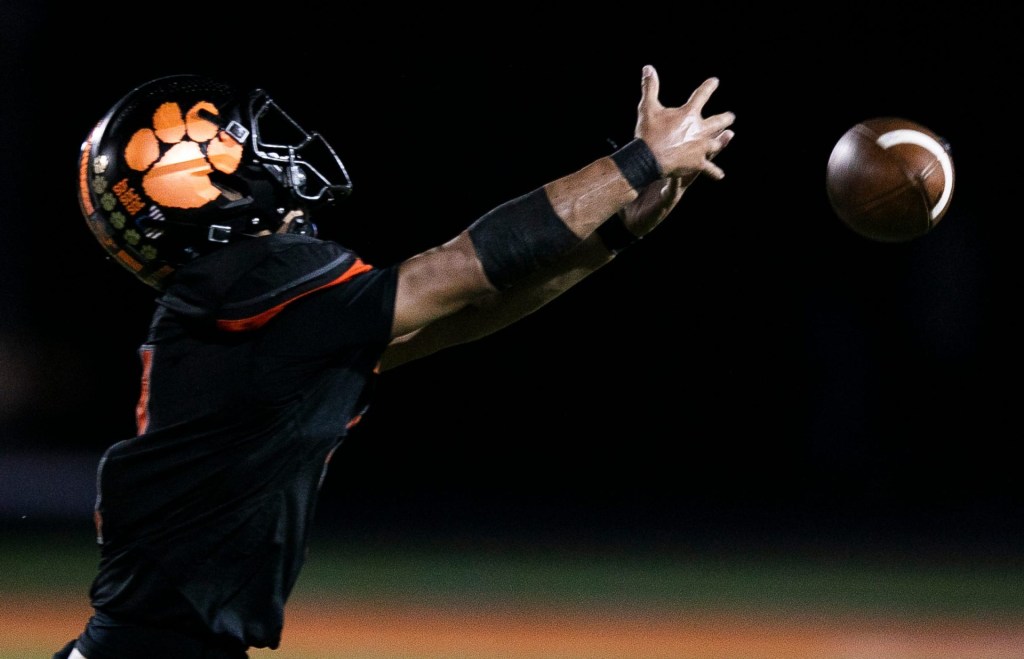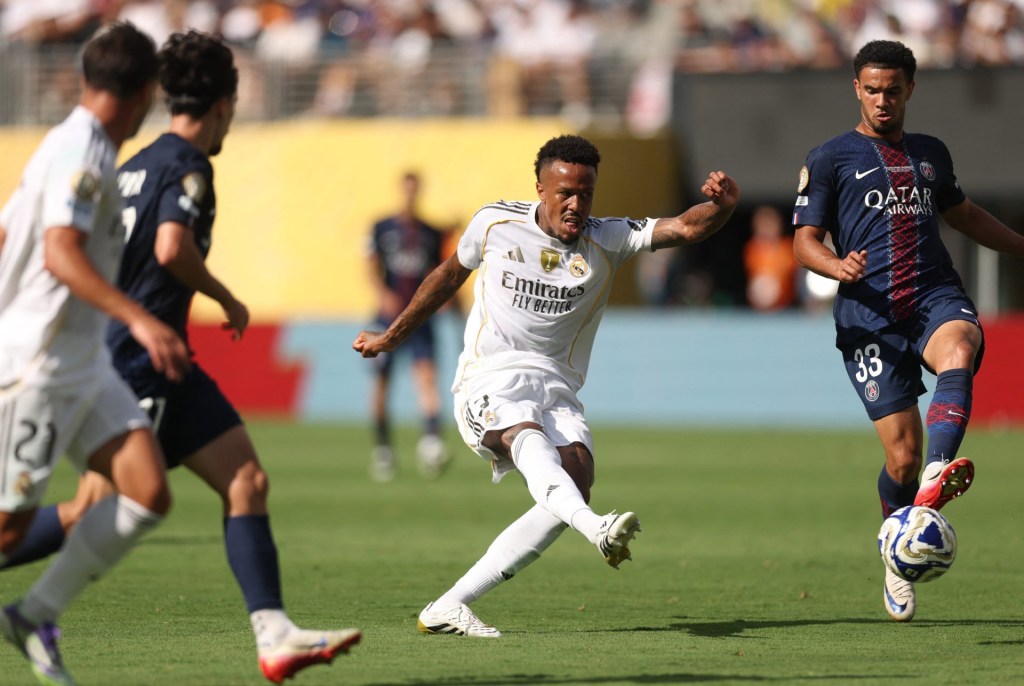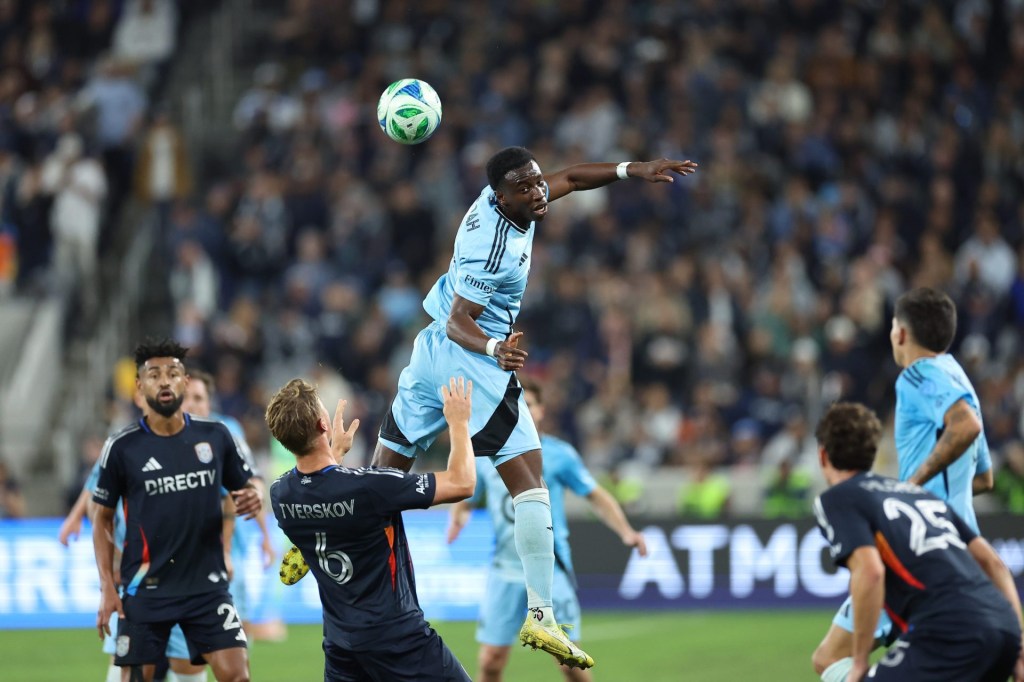CHICAGO — Courtney Vandersloot remembers the meeting like it was yesterday. Chicago Sky had been eliminated by the Indiana Fever for the second time in three years, and Sky players were meeting with then-coach and GM Pokey Chatman.
“The first question Pokey asked everyone in our exit meetings was: ‘Why can’t we beat Indiana?’” Vandersloot, now the franchise’s all-time leading scorer, told Front Office Sports.
The meeting took place in 2015. Angel Reese—now Vandersloot’s teammate—wasn’t in high school yet, and the Fever were the bane of the Sky’s existence.
A decade later, even if the Sky are struggling, Fever matchups are pure box office, selling out arenas and breaking ratings records. Their second meeting of 2025—set for Saturday with Caitlin Clark sidelined by a quad injury—will make history as the first WNBA game played at the United Center.
Clark and Reese have supercharged a rivalry that has been brewing for years.
“There’s an added layer now with Angel and Caitlin,” Vandersloot said. “But they kicked our ass the first game. So, it’s feeling less like a rivalry and more like what we had in the past. We have to turn that around and make sure we’re competing and winning against the Fever.”
There’s plenty of history between the two franchises separated by 183 miles.
The WNBA launched in 1997 with eight teams and by 1999 had expanded to 12 with the Detroit Shock, Washington Mystics, Minnesota Lynx, and Orlando Miracle. In 2000, four more teams were added: the Seattle Storm, Miami Sol, Portland Fire, and Indiana Fever.
Indiana’s inaugural roster included current head coach Stephanie White. The following year they drafted Tamika Catchings out of the University of Tennessee with the third overall pick.
By the time the Sky entered the league in 2006, the Fever were a perennial playoff contender, making 12 straight appearances between 2005 and 2016. The Sky meanwhile spent their first seven seasons failing to piece together a winning season. The franchise hired three different coaches in the first five years before landing on Chatman in 2011.
Before the Sky were even a winning franchise, the front office was drumming up storylines with the Fever.
A marketing email sent to season ticket holders by the Sky on June 14, 2012 called the Fever a “recurring thorn in the side of Chicago throughout the Sky’s six-year history.” The all-time series at that point was 20–5, Fever.
Later that same month another primer was blasted out calling the Fever the Sky’s “arch-nemesis.”
“Like anything in sports, proximity and familiarity can breed what people call rivalry,” Sky president Adam Fox told FOS. “Like the Bears and the Packers or back in the early days of the Jordan era, the Bulls and the Pistons. When you play somebody a lot as we have, the proximity breeds a sense of rivalry. They’re always good in sports.”

In 2013, the Sky drafted eventual two-time MVP Elena Delle Donne to add to a loaded roster that included Vandersloot and MVP Sylvia Fowles. The result of which was their first playoff appearance and the beginning of a rivalry with the Fever beyond what the Sky’s front office had attempted to stir.
From 2013 to 2015 the Sky and Fever met in the playoffs every year, trading series wins. The lone time the Sky advanced past the Fever was in the 2014 conference finals. They were subsequently swept by the Mercury in the championship round.
“I always thought it was intense because they were eliminating us from the playoffs,” Vandersloot said. “They were our weakness. The one time we beat them in the Eastern Conference finals in 2014, it was a big moment, because we finally felt like we were competing with them.”
In 2017, the Fever hired Chatman after she was fired by the Sky, adding another layer to the team’s history. Both teams entered a rebuild, but the Fever’s kept going until Clark arrived last year. Meanwhile in Chicago the Sky became a title contender, winning their first WNBA championship in 2021.
Their positions in the WNBA hierarchy haven’t lined up in recent years, with the Sky winning while the Fever struggled and now the Fever lining up a championship-level roster while the Sky’s future is uncertain.
Over the last four seasons the Sky and Fever have traded positions in the WNBA standings while individually adding to lightning rods—responsible for supercharging the league and this rivalry—to their rosters.
Last season all of their meetings were sellouts. The June 23, 2024 game between the Sky and Fever was the most watched WNBA game in 23 years averaging 2.3 million viewers. Their season opener—in which the Fever blew the Sky out by 35 points—averaged 2.7 million viewers on ESPN, making it the network’s most-watched WNBA game ever.
“When I think of rivals I think of deep-rooted history,” Vandersloot said. “There’s something to it, not just we had a few games against each other and things got testy.”
So, then, is rivalry appropriate to use to describe the Sky and Fever?
“I think it’s fair.”
